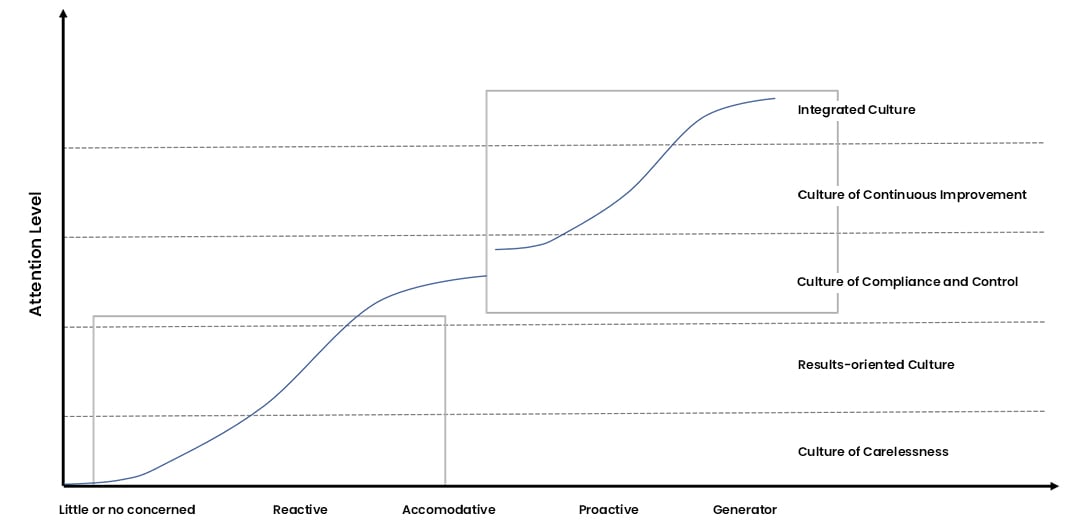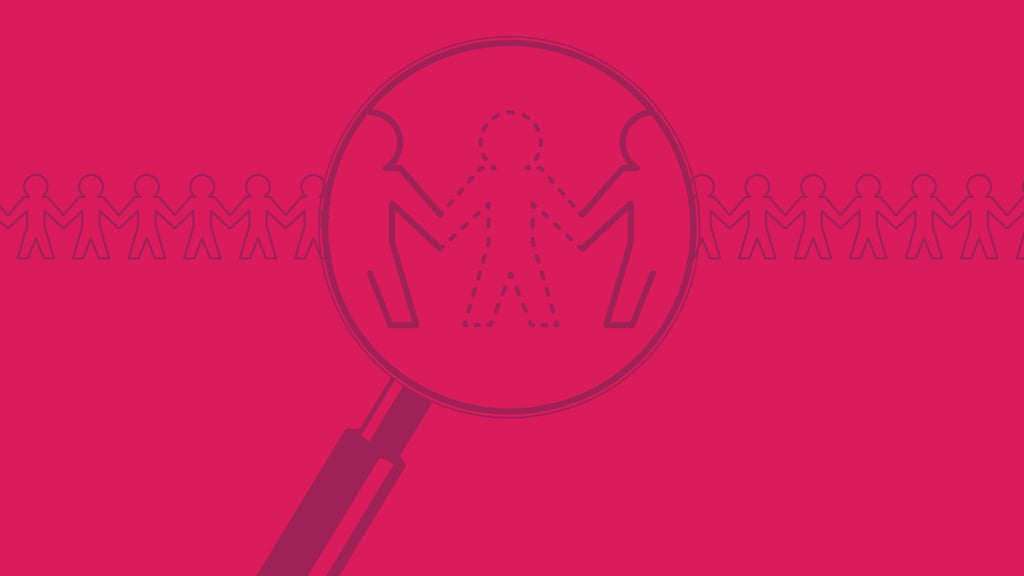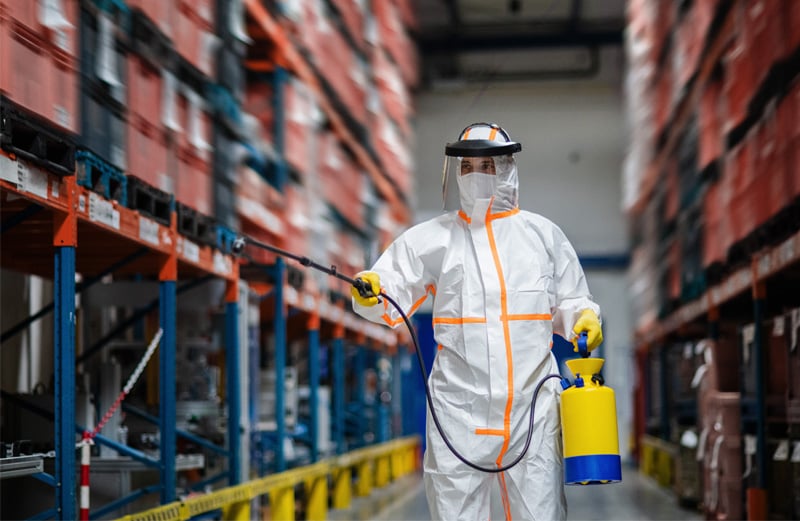In recent years, much effort has been put into standardizing occupational health and safety (OHS) management activities. However, the real question we must ask ourselves is: taken individually, all of these standards tend to improve the individual aspects of OSH, but what about the impact on organization management?1
In this context, a sustainable development approach considers the dichotomy between specialized standards (such as ISO 14001) and the real needs of companies to integrate improvement efforts into the management of their operations. This is what the BNQ 21,000 standard attempts to solve.
This “new”2 standard addresses sustainable development from an environmental perspective, but also at social and economic levels. BNQ 21,000 offers companies the opportunity to take a concrete approach to developing their management guides.
The standard itself remains a statement of management principles that will take on their full meaning through the tools that will be developed to support its deployment.
One of these tools is a self-assessment grid that offers an approach to businesses at a micro level which, itself, can be divided into four main themes:
- Transversal (e.g., vision, mission and values, organizational strategy, etc.);
- Economic (e.g., profitability, sustainability of the organization, investment principles, etc.);
- Social (e.g., working conditions, skills development, occupational health and safety);
- Environmental (e.g., management of residual raw materials, management of greenhouse gas emissions, etc.).
Within the framework of the BNQ 21,000 standard, this approach makes it possible to anticipate the progression of the maturity of management practices. Concretely, it is a question of aligning the micro realities of the company with the macro concerns of sustainable development.
The importance of being aligned with corporate culture
Represented by the self-assessment grid, the below progression model is inspired by work on the evolution of health and safety culture in companies.
Graphic: Conceptual Model of Corporate Culture Evolution3

This model of corporate culture progresses according to the receptivity and attention that the company gives to these issues: for example, purchasing and procurement methods, working conditions and practices in occupational health and safety.
Read also: How to create a culture of safety?
Interestingly, models commonly used during a change in health and safety culture are also applicable to this approach.
Indeed, if we revise the model presented by Vernon Bradley, a member of the research group at Dupont in the 1990s, we notice that the progression of corporate culture passes through four main stages.
Namely:
- Reactive: we encounter an issue and we react.
- Dependence: we introduce process improvement mechanisms.
- Independence: we put in place the means to manage the organization.
- Interdependence: we integrate OSH management values into the company's management processes.
The Bradley model and the BNQ 21,000 standard
Without going too in-depth on the details of the Bradley curve, we still see a parallel evolution between the two models. But there is one key difference.
In Bradley's model, the evolution of culture is mostly linear and continuous. For its part, the model proposed within the framework of the BNQ 21,000 standard follows this evolution step-by-step and even suggests that there would be a gap in this evolution. This model could explain why companies reach plateaus in their evolution and then stagnate at levels of culture lower than their efforts.
This very short introduction to the BNQ 21,000 standard therefore allows us to consider how a company could integrate a management process culture change using a single operating framework. Though largely unknown, this Quebec standard is undoubtedly the only one that allows an approach that is not only holistic, but also based on principles of sustainable development.
1. This article is largely inspired by and based on the book: Manuel de gestion du développement durable en entreprise : une approche progressive – en appui à la norme BNQ 21 000; Jean Cadieux et Michel Dion, Groupe Fides Inc. (2012).
2. The BNQ 21,000 standard was first published in 2011.
3. Open translation. This graphic is based on the book: Manuel de gestion du développement durable en entreprise : une approche progressive – en appui à la norme BNQ 21 000; Jean Cadieux et Michel Dion, Groupe Fides Inc. (2012).






